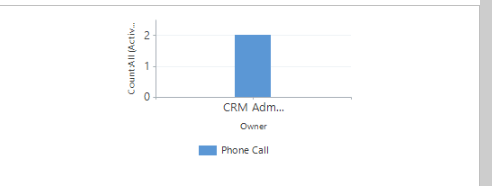by Daniel Venegas – September 2015
Identifying At-Risk Accounts
Many factors go into the buying decision whenever customers receive renewal invoices. Team performance, usage, cost, and value are just a few of the buzz words we hear every year. The issue is knowing which accounts will bring these up and how to identify them beforehand.
Simplifying the renewal process has been one of our paramount objectives for the past three seasons. We focus on identifiers of at-risk accounts. Team performance is important and measurable, but beyond our control. We chose two metrics to identify at-risk accounts early in the process:
- Season Ticket Tenure
- Attendance
Understanding these two elements and what they indicate allows us to influence accounts at the beginning of the season as opposed to waiting to hear objections.
Season Ticket Tenure
You can tell a good deal about customers by how long they have been with the organization. Over the past two seasons alone we can tell that first year customers are 9% less likely to renew than second year customers and 17% less likely to renew than third year customers. Obviously, new season ticket holders should be a major focus of your renewal campaign. You know who they are from the very beginning so there is no excuse for not being proactive with these accounts.

“When it comes to first-year season ticket members, education can help drive success. It’s important to educate the client on every possible aspect to utilize their tickets in the most efficient way. Don’t assume a first-year account knows everything about their membership.” -Karlis Kezbers (@karliskezbers), Director, Retention and Ticket Operations, Oklahoma City Thunder
Season Ticket Attendance
Attendance at games is another great quantitative measure to identify at-risk accounts. Customers with an attendance of 61-70% are 6% less likely to renew than those customers that attend 71-80% of games and 9% less likely to renew than customers that attend 81-90% of games.
Tracking attendance early on in a season can help you identify customers that may have issues utilizing their tickets. Be proactive with these accounts and to help them identify ways to better use their tickets.
“The responsibility for getting a ticket used is slowly but surely transferring away from the client and onto the team.” -Karlis Kezbers (@karliskezbers)
Face to Face: The Throwback Solution
Now that you know the potentially risky accounts, what do you do with them? You can’t change their tenure. You may be able to influence their attendance, but probably not much.
Go meet them in person!
Take time out of your week to show customers how much you and the organization care about their business. It is your job to consult with them on the product you sold. Let them know 1st year STHs often aren’t aware of the best ways to utilize season ticket benefits compared to tenured accounts. Walk through the benefits to see how you can help. Tell customers when you notice they are not utilizing their tickets as frequently as most. Offer solutions to manage missed games or to better utilize future games. When you have done this:
Go see them again!

Sam Bays, Director of Business Development at the Arizona Coyotes, shares,
“Whether it’s at the arena, in their office, or over a lunch, nothing solidifies the relationship between an AE and a client like a face to face meeting. As a sales professional, the more you can make yourself the ‘face of the franchise’ in the client’s eyes, the more likely they are to renew.”
You may or may not be able to influence attendance or utilization of seats, but your actions influence renewal rates. Accounts that use 61-70% of their tickets renew at a rate 10% higher than average if their reps visit them more than once during the season. You also can’t change the fact you are working with a first year account, but you can show them the real value they purchased. First year accounts that have more than one face to face visit from their reps during the season renew at a rate 6% higher than the average rookie account.
Day one of your renewal should be the first day after your deadline. These numbers are specific to my organization but the relative impact can be the same for you.
Cover photo courtesy of PresseBox.











